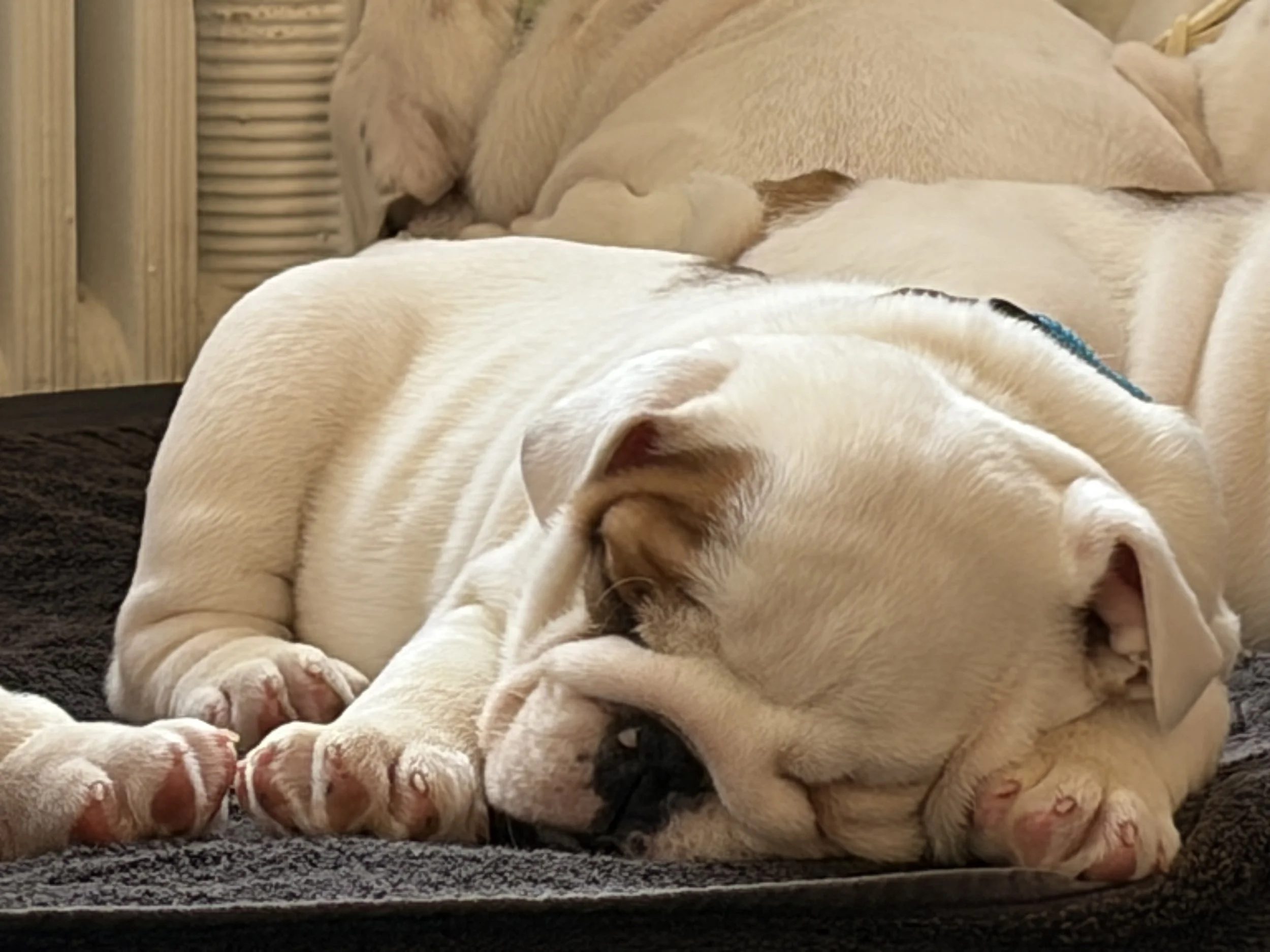Tai Chi - “The Source, the Beginning”
"The soft and the pliable will defeat the hard and strong." - Lao Tzŭ The Tao Te Ching
Five Elements: earth, fire, water, metal and wood
A healthy body has physical and emotional balance. Energy or Chi originates in the kidneys, holding two opposite elements, fire and water. The balance of these two element affects the other organs. The kidneys are in charge of filtering the blood that circulates throughout the body. It is important to keep the kidneys in great health in order to keep the whole body in balance.
Traditional Chinese Medicine uses the five elements in the practice of acupuncture to provide balance and harmony in the body. Energy travels through meridians along the body connecting all organs. Think of meridians as highways connecting from head to toe. When there is an imbalance in the body, the highways get backed up and creates a traffic jam. This traffic jam results in aches, pains, adrenal, sleep and emotional imbalances, autoimmune disorders and diseases (dis ease).
The movements of Tai Chi & Qigong (Chi Gung) massage the belly near the kidneys activating a flow of energy to then be distributed to the other organs. Adding Tai Chi to your physical and mediation practices nourishes the kidneys and balances the whole body. Some of the many benefits of Tai Chi and Qigong; improved sleep, flexibility, mood and balance, reduces stress and creates circulation for the blood and lymphatic system.
Beginners Tai Chi by Don Fiore - https://www.youtube.com/watch?v=ZxcNBejxlzs
Qigong or (qi gong, chi gung) Chi = Life Energy
The main principles of Qigong:
Breathing
Movement
Focus
Visualization
Sound or Chanting
Beginners Qigong by Thicke Man Tue - https://www.youtube.com/watch?v=AFg61faohLY
Tai Chi and Qigong can also be performed in a seated position.
Be patient with yourself especially if you’re used to Cross Fit or HIIT (high intensive interval training) style of exercise. Tai Chi and Qigong are practices with little to no immediate visual transformations, the shifts happen subtly with time and consistency. Calmness will mostly likely be the first noticeable difference with beginner Tai Chi and Qigong. Be safe and stay balanced!
*Consult a licensed medical professional before attempting any new physical activity if you are under the care of a physician or have a serious diagnosis. Do your own research, ask questions and listen to your instincts when making decisions for your personal healthcare.










